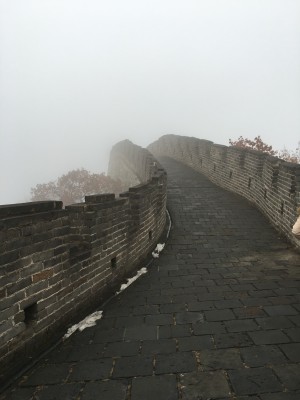Explain the tests: Complete blood count (CBC) with differential and platelets (Part One)
A complete blood count (CBC), also called full blood count (FBC) in some countries, is one of the most frequently ordered diagnostics. A CBC quantifies and describes the types of cells found in the blood. These cells include white blood cells (WBC, also called leukocytes), red blood cells (RBC, also called erythrocytes) and platelets (also called thrombocytes).
There are two commonly methods for counting blood cells, automated and manual.
In automated counting, the cells are counted by a machine called a flow cytometer. Flow cytometers identify cells by shining a laser through a sample of the blood and using the way the light bounces off the cells to determine what kind of cells they are. This bouncing of light is called scatter. Flow cytometers measure forward scatter determines the diameter of a cell. Side scatter determines granularity, how many granules are inside the cell. While this method is generally quite precise, if a cell is not shaped normally, the flow cytometer may count it incorrectly.
In manual counting, the blood is diluted and placed into a special chamber with grid lines called a hemocytometer. The chamber is viewed under a microscope and the cells are counted by eye. As someone who has counted lots of cell suspensions by eye, it can be hard to be exact. This method works for red and white blood cells.
To evaluate abnormality in cell shape, a blood smear is made from the original blood sample. A smear slide is made by smearing a thin layer of blood onto a glass slide. Once the blood is dried on the slide, stains are then used to colorize the cells to make them easier to see and distinguish. Giemsa is a commonly used stain for this purpose (fun fact: mast cells can be visualized with Giemsa stain). Other stains can also be used. This method allows abnormalities in shape of red and white cells to visualized.
A CBC usually includes the following tests:
Total white blood cell count
- The count of all white blood cells in a volume of blood;
- Unit is cells/liter
Total red blood cell count
- The count of all red blood cells in a volume of blood
- Unit is cells/liter
Hemoglobin (Hb)
- The amount of hemoglobin in a volume of blood
- Unit is grams/deciliter
Hematocrit (Hct; also called packed cell volume, PCV)
- The portion of a volume of blood that is red blood cells
- Unit is percentage
Mean corpuscular volume (MCV)
- The volume occupied by red blood cells in a volume of blood
- Identifies if red cells are the right size
- Unit is femtoliters/cell
Mean corpuscular hemoglobin (MCH)
- The average hemoglobin in a red blood cell in a volume of blood; the amount of hemoglobin divided by the red blood cell count; mass of hemoglobin divided by number of red blood cells in a volume of blood; unit is picograms/cell
- Mean corpuscular hemoglobin concentration (MCHC): the average concentration of hemoglobin in a volume of red blood cells; determines size of red cells; hemoglobin divided by hematocrit; unit is grams/liter
Red blood cell distribution width (RDW)
- The amount of variation in the size of red cells
- Can only be high or normal
- High RDW means red cells show a wide range of size
Reticulocyte count
- The amount of new red cells in a volume of blood
- Unit is percentage
A CBC with differential and platelets will include the following tests:
Neutrophil count
- The count of neutrophils in a volume of blood
- Neutrophils are inflammatory cells that fight infections and initiate inflammatory response
- Unit is cells/liter
Lymphocyte count
- The count of lymphocytes in a volume of blood
- B cells, T cells and NK cells are lymphocytes that detect pathogens in different ways
- Unit is cells/liter
Monocyte count
- The count of monocytes in a volume of blood
- Monocytes respond to inflammatory signals and develop into specialized tissue cells
- Unit is cells/liter
Eosinophil count
- The count of eosinophils in a volume of blood
- Eosinophils fight parasites and participate in allergic response
- Unit is cells/liter
Basophil count
- The count of basophils in a volume of blood
- Basophils fight parasites and participate in allergic response
- Unit is cells/liter
Platelet count
- The count of plateletsin a volume of blood
- Platelets stop bleeding
- Unit is platelets/liter
Mean platelet volume (MPV)
- The volume occupied by platelets in a volume of blood
- Identifies if platelets are the right size
- Unit is femtoliters/platelet


